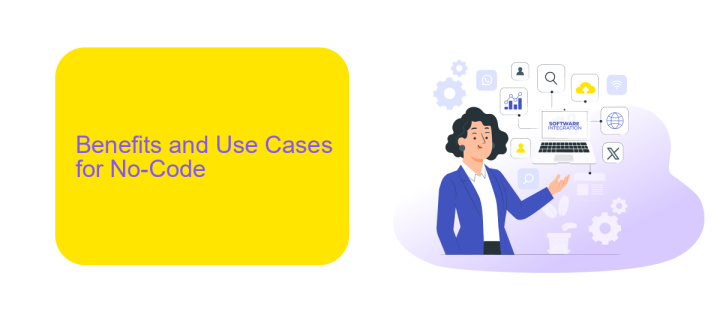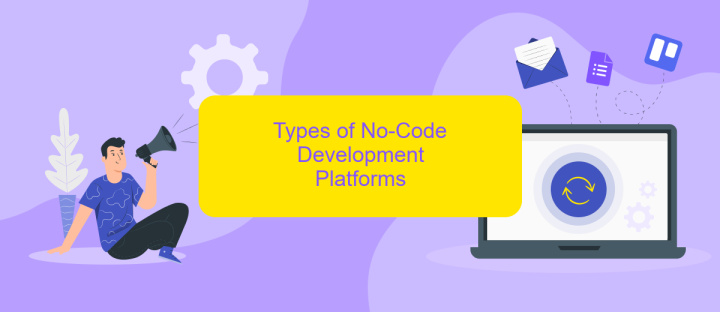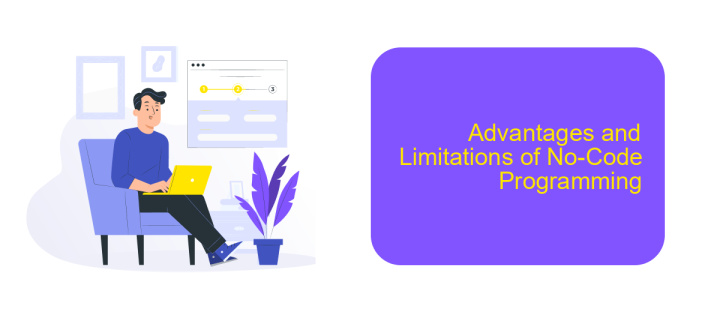What is No-Code Programming
No-code programming is revolutionizing the way we build software by enabling individuals without traditional coding skills to create applications. This approach leverages intuitive visual interfaces and pre-built modules, making technology accessible to a broader audience. As businesses increasingly seek agility and innovation, no-code solutions are becoming a vital tool in the modern digital landscape.
Understanding No-Code Programming
No-code programming is a revolutionary approach that allows individuals to create applications and websites without writing a single line of code. This method empowers non-technical users to bring their ideas to life using visual development tools and pre-built templates. By leveraging drag-and-drop interfaces, anyone can design and deploy functional software solutions quickly and efficiently.
- Visual development tools: These tools provide a user-friendly interface to design applications using graphical elements.
- Pre-built templates: Ready-to-use templates speed up the development process and ensure consistency.
- Integrations: Platforms like ApiX-Drive enable seamless integration with various services, enhancing functionality without coding.
- Scalability: No-code solutions can be scaled to meet growing business needs.
One of the significant advantages of no-code programming is its ability to integrate with other services effortlessly. For instance, ApiX-Drive offers robust integration capabilities, allowing users to connect different applications and automate workflows. This not only saves time but also reduces the risk of errors associated with manual processes. As a result, businesses can focus on innovation and growth without being bogged down by technical complexities.
Benefits and Use Cases for No-Code

No-code programming offers numerous benefits, making it an attractive option for businesses and individuals alike. One of the primary advantages is the significant reduction in development time. Traditional coding often requires extensive expertise and lengthy processes, while no-code platforms enable users to create applications swiftly using intuitive drag-and-drop interfaces. This democratizes software development, allowing non-technical users to bring their ideas to life without needing to hire a developer. Additionally, no-code solutions are cost-effective, reducing the need for extensive resources and cutting down on overhead expenses.
No-code platforms are versatile and can be used across various industries and applications. For instance, they are ideal for building internal tools, automating workflows, and creating simple websites or mobile apps. Services like ApiX-Drive facilitate seamless integration between different applications, enhancing productivity by automating data transfers and synchronizing information across platforms. This makes no-code tools particularly valuable for small businesses and startups looking to streamline operations without investing heavily in custom software development. Overall, no-code programming empowers users to innovate and solve problems efficiently, fostering a culture of creativity and agility.
Types of No-Code Development Platforms

No-code development platforms have revolutionized the way applications are built, making it accessible to non-developers. These platforms can be categorized based on their primary functionalities and target users.
- Website Builders: Platforms like Wix and Squarespace allow users to create fully functional websites using drag-and-drop interfaces without writing a single line of code.
- App Builders: Tools such as Adalo and Bubble enable users to develop mobile and web applications with pre-built components, simplifying the app creation process.
- Automation Tools: Services like ApiX-Drive facilitate the integration of various applications and automate workflows, streamlining business processes without requiring coding skills.
- Database Management: Platforms like Airtable and Knack offer user-friendly interfaces for creating and managing databases, making data handling accessible to everyone.
These no-code platforms empower individuals and businesses to innovate rapidly, reducing dependency on traditional development cycles. By leveraging these tools, users can focus on creativity and functionality rather than technical complexities.
Advantages and Limitations of No-Code Programming

No-code programming offers a range of advantages that make it appealing for various users. One of the primary benefits is its accessibility; individuals without a technical background can create applications and automate workflows. This democratization of software development empowers a broader audience to bring their ideas to life without needing to learn complex coding languages.
However, no-code platforms come with their own set of limitations. They are often less flexible than traditional coding methods, which can restrict customization and scalability. Additionally, no-code solutions may not be suitable for highly complex or specialized projects.
- Accessibility for non-technical users
- Quick development and deployment
- Cost-effective for small projects
- Limited flexibility and customization
- Potential scalability issues
For those looking to integrate various services and automate workflows, tools like ApiX-Drive can be immensely beneficial. ApiX-Drive allows users to connect different applications seamlessly, enhancing the functionality of no-code platforms. While no-code programming has its limitations, it remains a powerful tool for many use cases, especially when complemented by integration services.
- Automate the work of an online store or landing
- Empower through integration
- Don't spend money on programmers and integrators
- Save time by automating routine tasks
Future of No-Code Development
The future of no-code development looks incredibly promising, as it continues to democratize the world of software creation. By enabling individuals without traditional programming skills to build sophisticated applications, no-code platforms are fostering innovation and accelerating digital transformation across various industries. As these platforms evolve, we can expect even more advanced features, such as artificial intelligence and machine learning integrations, to become accessible to a broader audience. This will empower businesses of all sizes to rapidly prototype, test, and deploy solutions that meet their unique needs.
Moreover, the integration capabilities of no-code platforms are set to expand, making it easier than ever to connect various tools and services. For instance, services like ApiX-Drive offer seamless integration solutions that allow users to automate workflows and synchronize data across multiple applications without writing a single line of code. This not only enhances efficiency but also enables more complex and interconnected systems to be managed effortlessly. As no-code technology continues to advance, it will undoubtedly play a pivotal role in shaping the future of software development and digital innovation.
FAQ
What is No-Code Programming?
Who can benefit from No-Code Programming?
What are the limitations of No-Code Programming?
Can No-Code tools be used for automation and integration?
Is No-Code Programming secure?
Time is the most valuable resource in today's business realities. By eliminating the routine from work processes, you will get more opportunities to implement the most daring plans and ideas. Choose – you can continue to waste time, money and nerves on inefficient solutions, or you can use ApiX-Drive, automating work processes and achieving results with minimal investment of money, effort and human resources.


